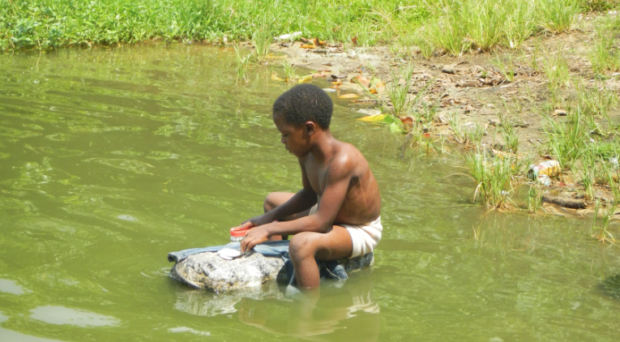
As the world moves forward towards 2030, we have a new set of aspirational targets now largely defined by the 17 Sustainable Development Goals (SDGs). Several of these are derived from the Millennium Development Goals but now with a broader vision of how humanity should balance itself with the finite resources on our planet.
In terms of human health, we maintain the ambition to end both poverty and hunger, enforcing rights for equitable access to primary health care. With regard to neglected tropical diseases (NTDs), there needs to be a scale-up of interventions that better engage across sectors and foster concerted actions to end this chronic pandemic. Essentially, successful control of NTDs needs to cross-cut current boundaries within the health sector and look more carefully into the environment, identifying more optimal interventions along the way.
The ambition is there, best exemplified by SDGs 6 – clean water and sanitation and also in part by SDG 14 – life below the water although curtailing environmental transmission of certain NTDs is more challenging than others. Whilst we can offer preventive treatment with anthelminthic drugs without suitable environmental modification, communities remain vulnerable to reinfection, thus a vicious cycle continues.
A good example is schistosomiasis, a waterborne diseases firmly tied to impoverished populations that do not have access to sufficient safe water sources or adequate sanitation and hygiene. Unlike the more well-known vector borne NTDs transmitted by blood-seeking flies to complete their lifecycle, schistosomes require development within aquatic snails. As these snails do us no harm directly, for it can be argued that they do not intentionally seek us out, the correct biological terminology is ‘intermediate hosts’ rather than vectors, but this is usually misunderstood.
Like the child depicted in the photo, who is being exposed to schistosome larvae while undertaking daily chores, our understanding of this aquatic world is foreign to many of us. We often only see life at the surface rather than life below the water. For those who have made medical malacology part of their career, it is humbling to reveal just how intricate evolution has been honing the interplay and dynamic between schistosomes and snails, and more importantly how human health has become deeply entwined between the two with our increasing demands on freshwater.
In fact, much of the time it is mankind that facilitates transmission of schistosomiasis, notwithstanding creation of other epidemiological opportunities for zoonotic transmission in either livestock or associated animals. As testimony, the expansion of irrigated areas for agriculture and animal husbandry, vital for food production, or environmental water impoundment schemes for hydroelectricity, essential for renewable energy, are good examples of manmade environments where schistosomiasis has later flourished. In many of these situations, schistosomes have infected man and beast in equal measure, bringing together an appreciation of the OneHealth perspective.
In this article, we aim to draw attention to key aspects of environmental transmission of schistosomiasis and take formal steps to develop a much needed framework for surveillance of this disease below the water. We discuss how intervention strategies in sub-Saharan Africa need to be adapted and tailored to the local level and that careful sampling of schistosome larvae in freshwater and in aquatic snails in general with robust species-specific DNA assays, will be a major step forward to guide interventions. This is especially true as they move towards ‘end game’ scenarios.
We discuss how application of such surveillance tools could be two-fold, first to certify areas currently free from schistosomiasis transmission or second to red-flag recalcitrant locations where extra effort or alternative interventions are needed. Developing a formal framework is essential if we wish to accelerate towards 2030 targets, ending this chronic pandemic of schistosomiasis.
Just to note that Schisto is not entirely a disease of the poor. We have just completed a National prevalence survey for Schisto where we did real field testing of urine samples. It is surprising to the well to do families that they have schisto that the acquire from beaches on the banks of a lake here where they go to swim and play in the water. Mark you, only those that can afford go to such places given the expenses associated with the drinks there and the entry fees at times. This hopefully can demystify the fact that this is not a disease of poverty alone.
Indeed, it is two fold. Those who have no choice, because of poverty, are trapped by lack of access to safe water. Those that have a choice, have an opportunity to explore areas for recreation. It could be argued that tourism e.g whitewater rafting, is another route to infection or general recreation e.g. free swimming, is only open to those that are able to indulge. It comes down to water contact for a variety of reasons. You may know of the new focus of transmission on Corsica, which also questions how ‘tropical’ this disease can be.